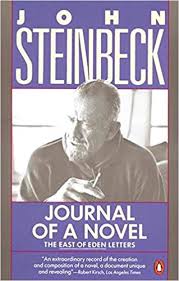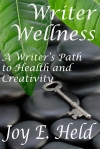
This article may contain affiliate links which may result in the author receiving a commission when readers purchase items through the links.
You are receiving this message because you previously signed up for notifications or participated in a program/course with Joy.
November 16, 2023
Today we’re featuring authors SUSEN EDWARDS, MICHELLE R. PETTIT & ALANA VAN DER SLUYS.
BOOK: What a Trip: A Novel
AUTHOR: Susen Edwards
GENRE: Historical/Women’s Fiction
BLURB: In this coming-of-age novel we meet Fiona, an art student at a New Jersey college struggling to find herself. Through her eyes we relive the turbulent culture of sex, drugs, and rock ’n roll, the Vietnam War draft lottery, Kent State University shootings, and harsh reality of war for young Americans. Note from the author: Sexual content and language.
ABOUT THE AUTHOR: Susen Edwards is the founder and former director of Somerset School of Massage Therapy, New Jersey’s first state-approved and nationally accredited postsecondary school for massage therapy. During her tenure she was nominated by Merrill Lynch for Inc. Magazine’s Entrepreneur of the Year Award. Susen is the author of “What a Trip: A Novel.” Her articles have appeared on Residence11.com, BooksByWomen.org, and DIYMFA.com. Susen lives in Middlesex, New Jersey with her husband, Bob, and her two fuzzy feline babies, Harold and Maude.
BOOK: A Kiss for Maggie Moore
AUTHOR: Micki R. Pettit
GENRE: General Fiction
BLURB: Standing at the altar as her two best friends get hitched, the Maid of Honor struggles to let go of her love for the groom and drifts back to when their triangle of love and friendship began—the late 1960s, rural Wyoming.
ABOUT THE AUTHOR: Micki R. Pettit is a former radio personality and voice talent with vocal experience spanning musical theater, opera, big band, rock, and country. She is currently lead female singer with the folk group Bandella and performs with the Bay Area Chorus of Greater Houston. Born in Wyoming and raised in New Mexico, she now lives in Texas with her husband and sons. A Kiss for Maggie Moore is her debut novel.
BOOK: Freedom with Food and Fitness: How Intuitive Eating is the Key to Your Happiest, Healthiest Self
AUTHOR: Alana Van Der Sluys
GENRE: Self-Help, Nonfiction
BLURB: Build the full, vibrant life that you’ve always wanted, without another diet or dreaded exercise program. Filled with personal stories, science-backed research, and easy tools to apply to your life today, Freedom with Food and Fitness will inspire you to adopt a more mindful and intuitive approach to food and fitness.
ABOUT THE AUTHOR: ALANA VAN DER SLUYS is a Certified Intuitive Eating Counselor, TEDx speaker, eating disorder survivor, and the founder of Freedom with Food and Fitness. She is dedicated to empowering women to heal their relationship with food and their bodies to step into their potential, take up space, and pursue true health. She currently hosts the Finally Free Podcast, and her debut book– Freedom with Food and Fitness: How Intuitive Eating is the Key to Becoming Your Happiest, Healthiest Self–will be released with Urano World USA on November 14, 2023. She is a contributing writer for several national publications, including the National Eating Disorder Information Centre (NEDIC) and Best Holistic Life Magazine. She was also, most recently, a panelist and speaker for the Speak Up Women’s Conference in April 2023. You can find out more about Alana and Freedom with Food and Fitness on Instagram: @FreedomwithFoodandFitness.
Advertisement
XXXXXXXXXXXX


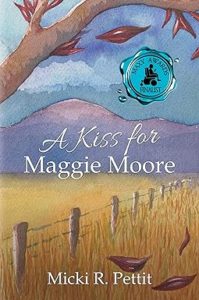
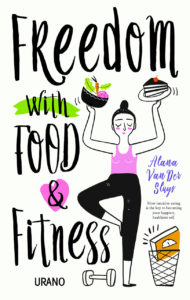



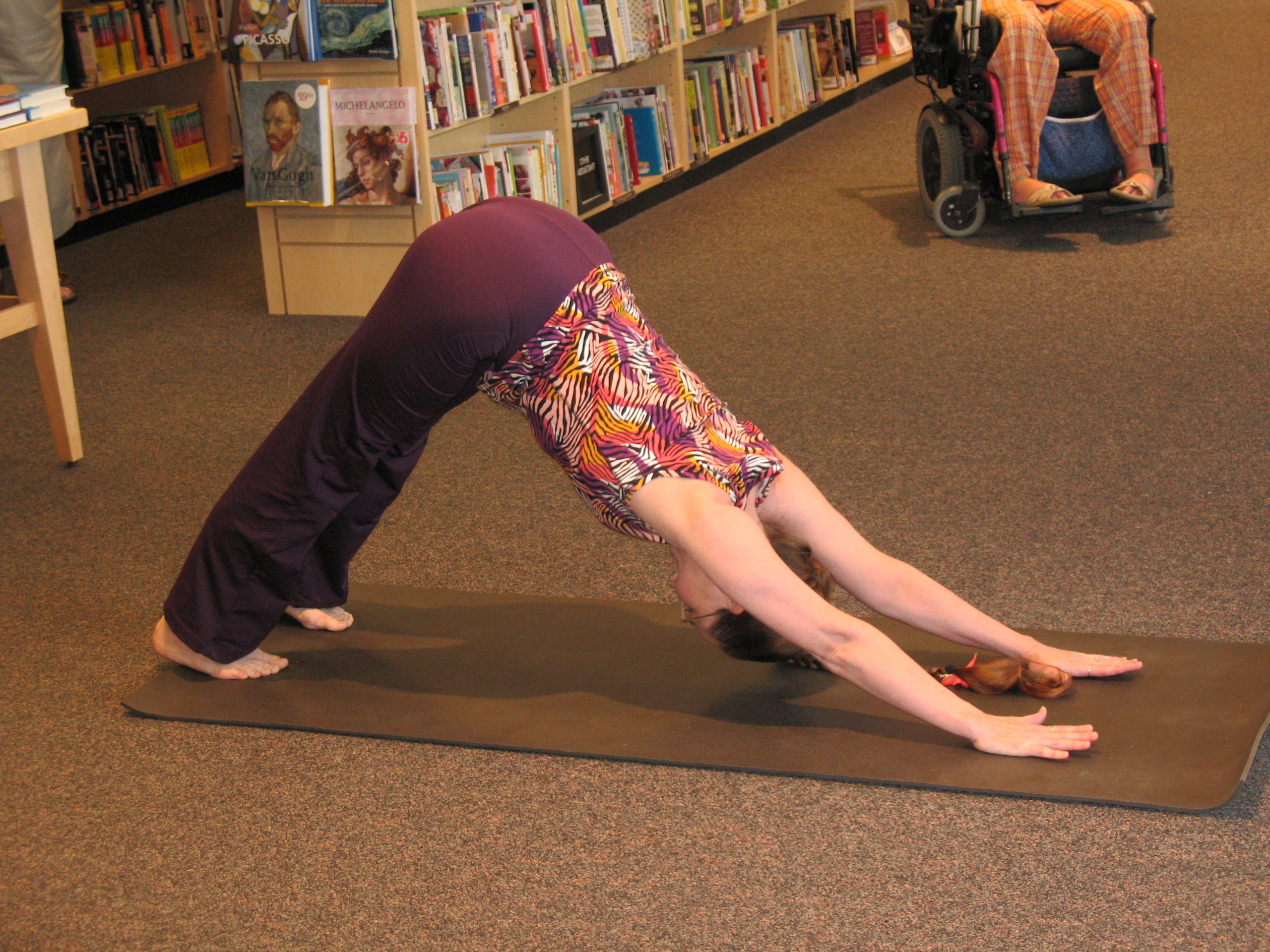
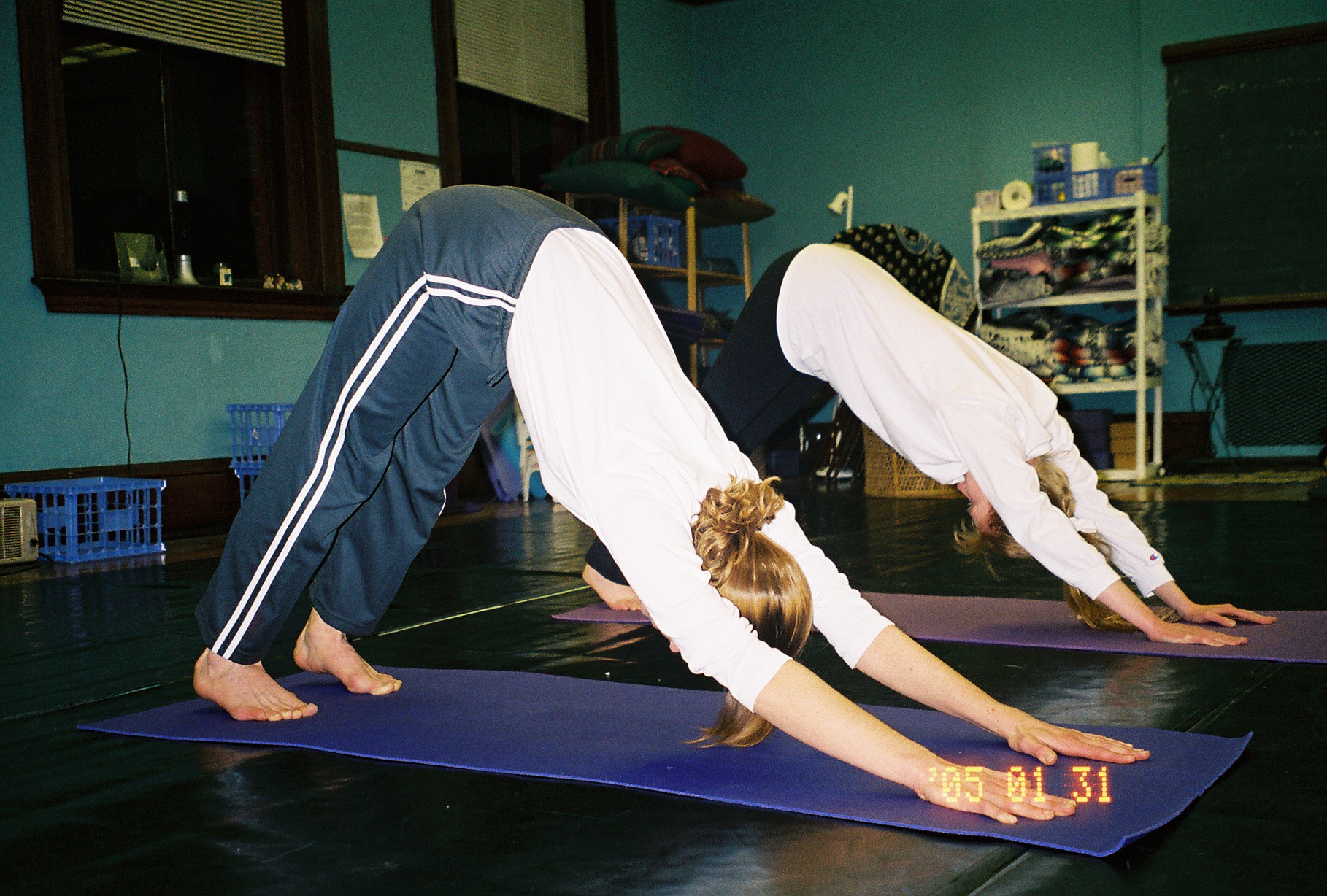
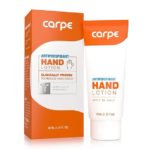



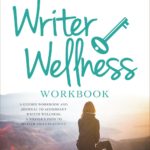
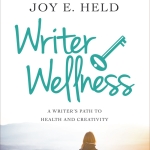 The idea for my book and workshop Writer Wellness: A Writer’s Path to Health and Creativity
The idea for my book and workshop Writer Wellness: A Writer’s Path to Health and Creativity 